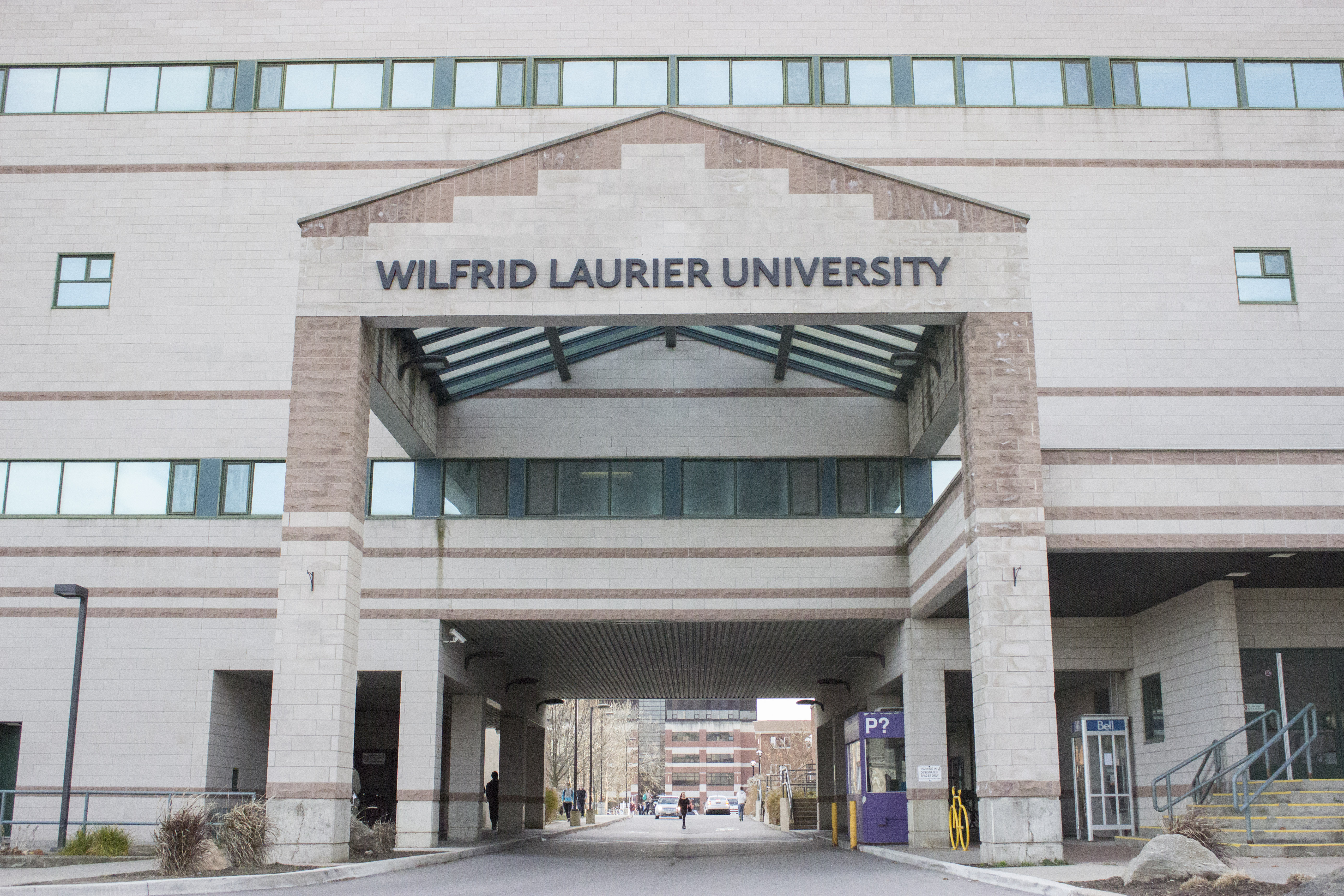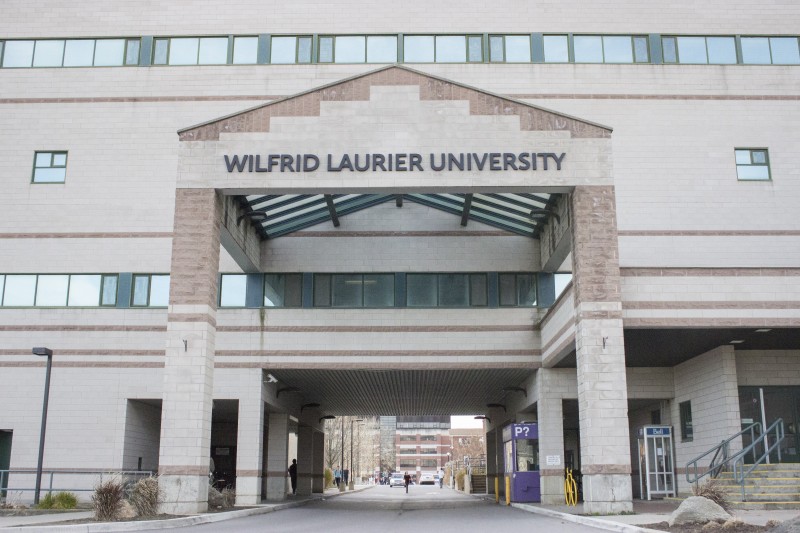Incidents of hate-related graffiti trouble Laurier community


On November 18, students notified Special Constable Services regarding graffiti of swastikas located in the men’s washroom of the Student Services Building.
On November 19, Special Constables received another complaint of hate-related graffiti in the men’s washroom of the Science Research Building, this time in the form of a hate message that said, “Kill all Jews.”
Along with an instance of anti-black graffiti where “White Power” was written on the wall, concern has come forward about hate-related messages around Wilfrid Laurier University.
“The fact we’re aware of it is unnerving and despicable. I don’t understand the attraction of anybody to carve a swastika into a wall,” said Rabbi Moshe Goldman for Laurier and the University of Waterloo.
All tags have since been cleaned, but the messages have resonated with members of the community. Laura Mae Lindo, director of the Diversity and Equity Office, said it’s comforting to know students were the ones that reported the instances.
“It shows there is an intolerance from other students,” she said. “It’s a clear indication that this isn’t something the students are okay with.”
Recently, the state flag of Nazi Germany was seen from a window at 271 Lester Street.
This was investigated by Waterloo Regional Police and determined to be a “joke.”
The intention behind the recent tags has yet to be determined. Additionally, Laurier Students’ Public Interest Research Group’s “I Am Not A Costume” campaign was defaced when someone crossed out the “not” this past October.
Lindo and Goldman assert that regardless of intention, messages of anti-Semitism and racism can be very harmful.
“Even if the person who is doing it felt that it was funny, the harm is very real,” Lindo said.
“Either you’re very serious about what it stands for … or you think it’s a joke, and I’m not sure which is worse,” Goldman said.
Daniel Gottfried, president of Alpha Epsilon Pi, said he feels there is an increase in these messages in light of what is happening around the world, including recent increases in Islamophobia and other instances of hate crimes.
“Even though it is not direct violence, it is the start of something that could lead to that,” he said. “Sometimes [even] jokes can be very offensive.”
Goldman explained society has come “a long way making certain things unacceptable,” including racism, sexism and anti-Semitism from happening because “it’s not appropriate, it’s not right and it’s not kind.” He said it has no place, but it is unnerving when it occurs.
Although the graffiti were done by only a few students, Lindo said it’s important to change the system that perpetuates a space where these messages are okay.
Additionally, it is important Laurier as an institution confronts these ideals and support the students.
“I think there’s a tendency, when something like this happens, to clean it up and then assume everything is dealt with. And this is not the master plan. That is not going to change the sentiments of hate that are found inside the graffiti,” Lindo said.
The university released a statement Tuesday evening in response to the graffiti which said these messages are “absolutely unacceptable and will not be tolerated.”
It continued to say there is a need to reflect on the values at Laurier, and to encourage students, staff and faculty to speak up against racism and hate messages.
“With a rise in media attention to anti-Muslim, anti-black and anti-Jewish sentiments, Wilfrid Laurier University is on high alert for such incidents and will not tolerate continued defacement of university property to write messages of hate,” the statement read.
Lindo said there will be a summit on March 21, 2016 for the International Day for the Elimination of Racial Discrimination from the United Nations, proclaimed by the general assembly in October, 1966.
This will help examine where matters such as racism, sexism and anti-Semitism are on campus.
To Lindo, Goldman and Gottfried, education, acknowledgement and discourse are important components to create change and to realize what these markings can mean.
“I see it like it’s a flag. It’s symbolic of a bigger issue,” Lindo said.
“In light of what’s been happening in our communities, in light of what’s been happening in North America, in light of anti-Semitic sentiments, anti-Muslim, Islamophobia, anti-black racism, we’ve got to respond. And we can’t respond just by pretending like it didn’t happen.”
UPDATE: On Dec. 15, more hate-related graffiti occurred when someone created a swastika out of neon green sticky tabs on the fifth floor of the Library. It has since been removed. Nothing further has been reported.


